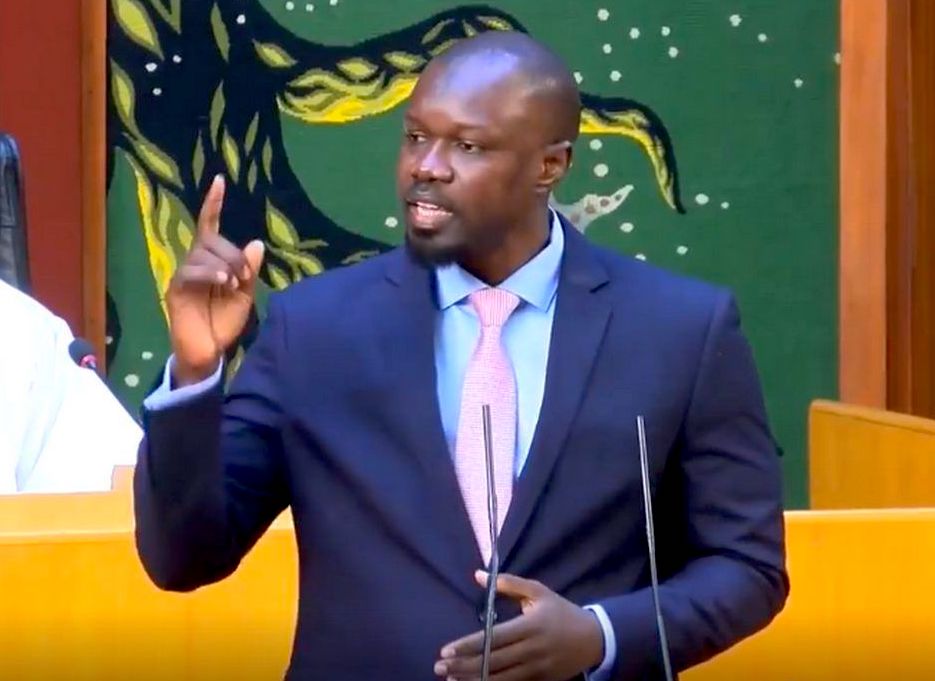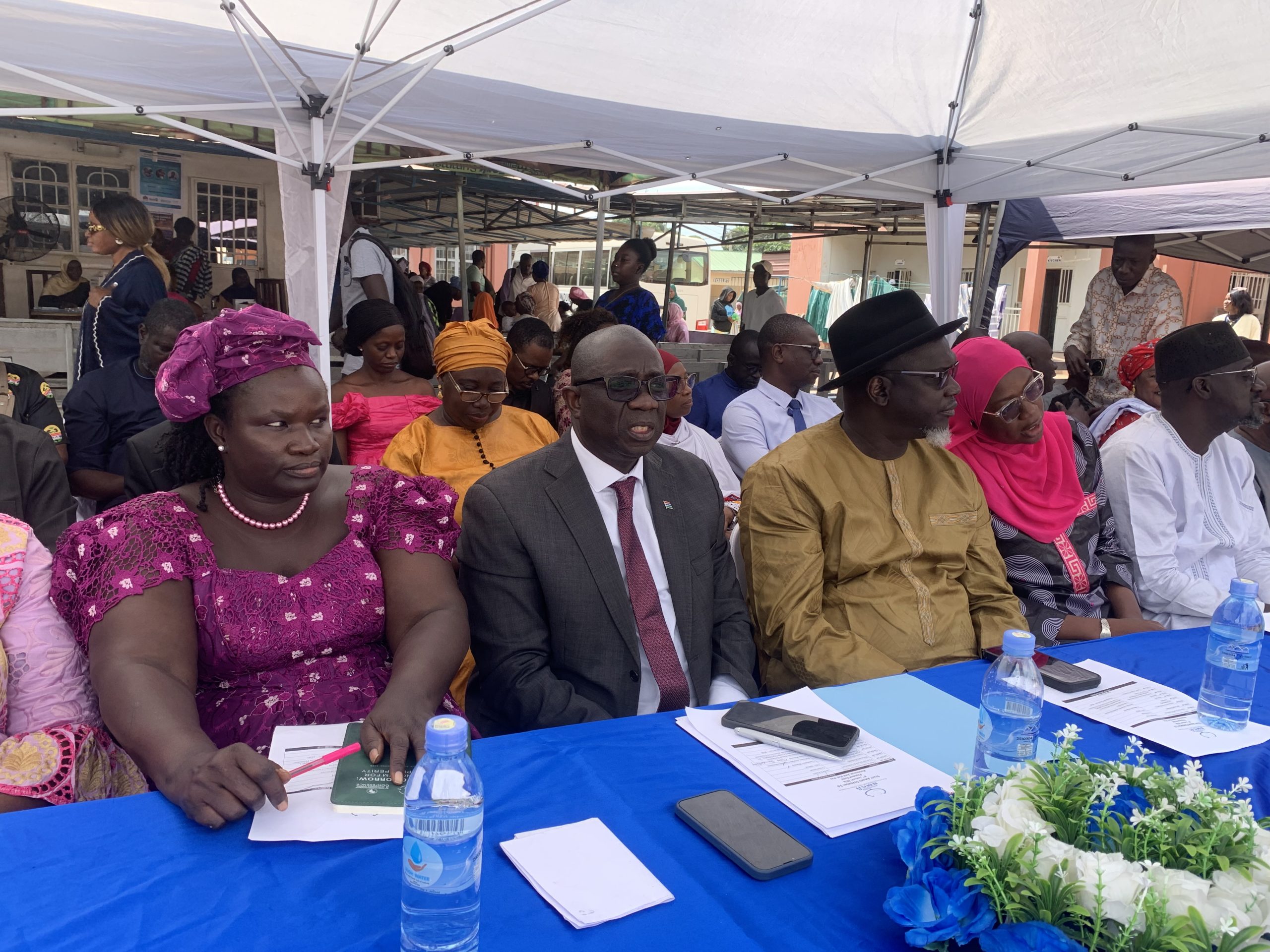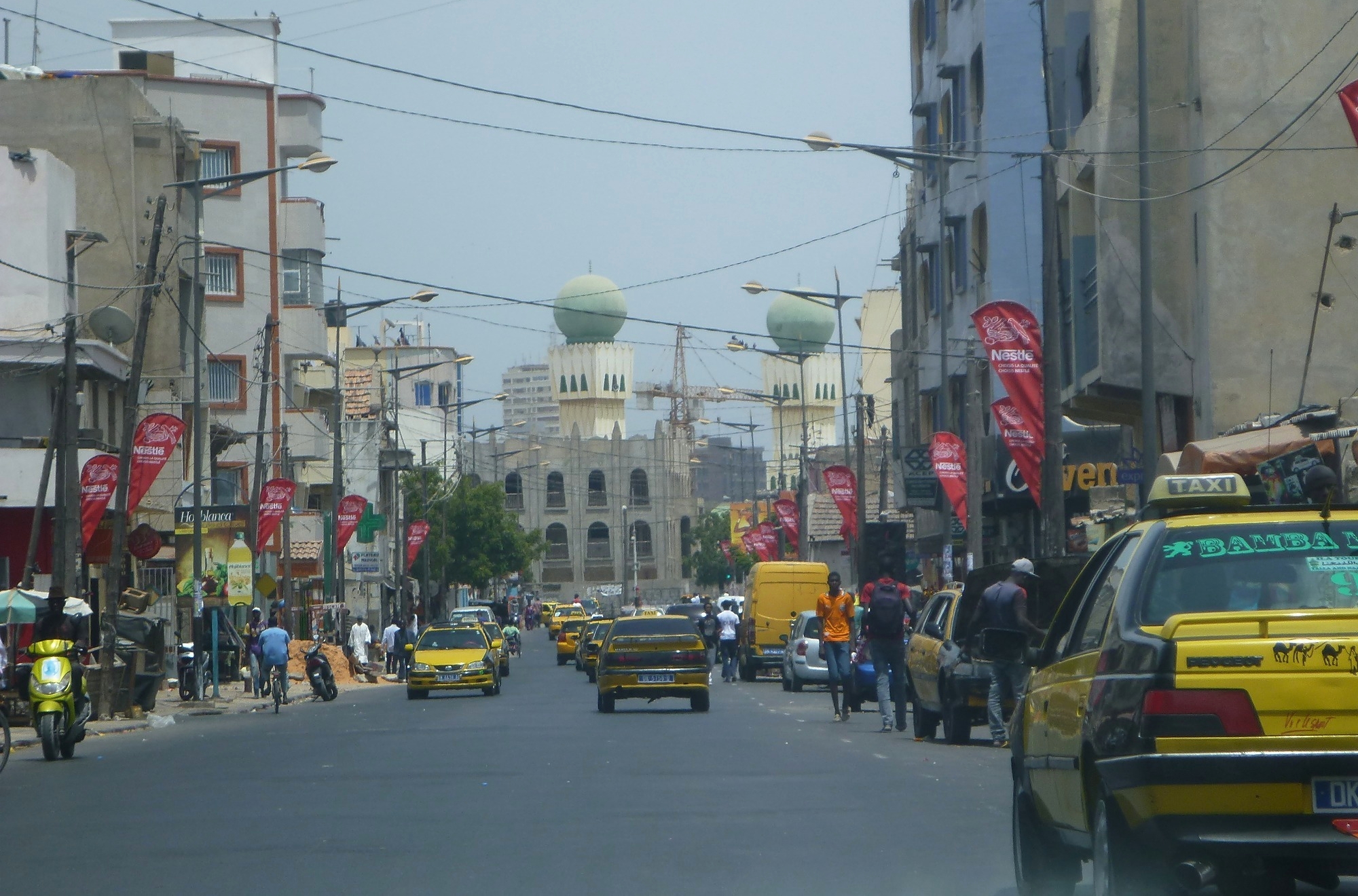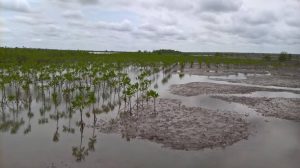Gambiaj.com – (Dakar, Senegal) – Global credit rating agency S&P has once again downgraded Senegal’s long-term foreign and local currency sovereign credit ratings from ‘B’ to ‘B-’, citing a sharp deterioration in the country’s fiscal position and a debt burden now considered the highest among similarly rated African nations.
The decision follows an audit of the government’s accounts that uncovered a dramatic upward revision of Senegal’s debt-to-GDP ratio, which has now reached 118% for 2024.
This marks a significant increase from the 104% estimate issued in February and places Senegal’s debt well above the threshold of other sub-Saharan countries in the ‘B’ category.
Since October 2024, nearly 8.3 trillion CFA francs (approximately $13 billion)—equal to 41% of 2024 GDP—has been added to the debt stock through revised accounting.
S&P now expects the debt ratio to remain elevated, forecasting it will stand at 110% of GDP by the end of 2028, over 10 percentage points higher than previously projected in May 2025.
The revised 2025 budget also reflects heightened financing needs, totaling 5.7 trillion CFA francs (around $10.2 billion, or 26% of GDP). This includes a 15.8% rise in debt amortization and plans by the government to clear arrears owed to the private sector, representing about 2% of GDP.
S&P projects that Senegal’s budget deficit will approach 9% of GDP in 2025, exceeding the government’s official target of 7.8%.
Despite these fiscal pressures, the agency notes that economic growth remains robust, with real GDP expected to expand by roughly 8% in 2025—driven by oil and gas production from the Sangomar offshore oilfield and the Greater Tortue Ahmeyim gas project.
The country’s external position is also showing signs of improvement. The current account deficit is expected to decline to 11.6% of GDP in 2025, down from 20% in 2022. Senegalese authorities project a further drop to 9.5% this year.
Looking ahead, the government aims to bring its deficit down to just under 3% of GDP by 2027, in line with West African Economic and Monetary Union (WAEMU) convergence criteria.
However, S&P remains cautious, noting that the amended 2025 budget introduces few substantive fiscal adjustments, leaving deficit reduction heavily reliant on sustained nominal GDP growth.
Debt servicing costs are also set to rise sharply. S&P estimates Senegal will need to pay 4,922 billion CFA francs ($8.8 billion) in 2026—well above the 3.3 trillion CFA francs projected for 2025.
While warning of Senegal’s worsening fiscal metrics, S&P acknowledged that the country’s membership in the WAEMU offers some financial buffer, with regional banks acting as significant lenders that could help ease potential liquidity constraints.
The agency has retained a negative outlook for Senegal, indicating the possibility of further downgrades should fiscal and debt challenges deepen without credible policy action.










